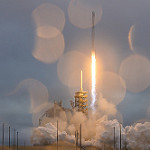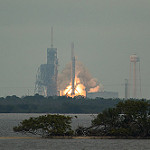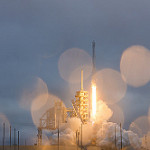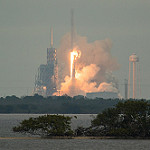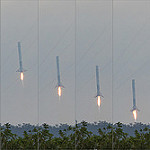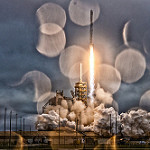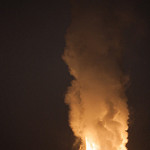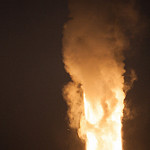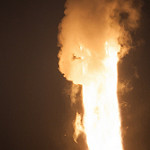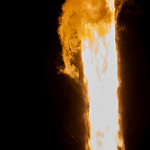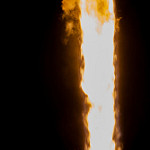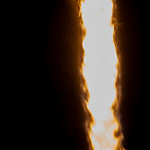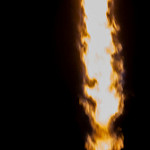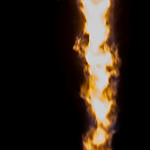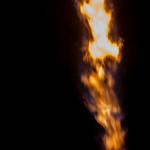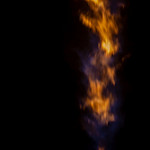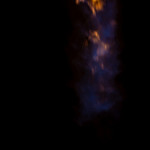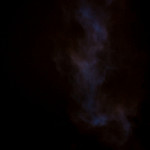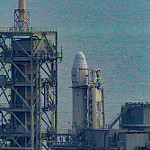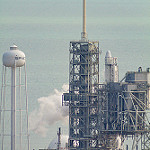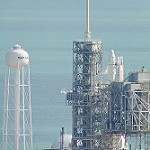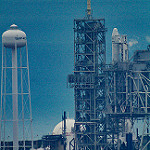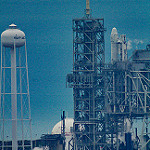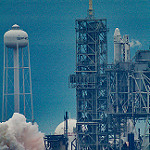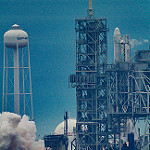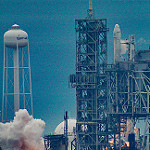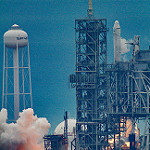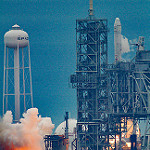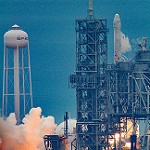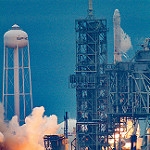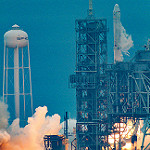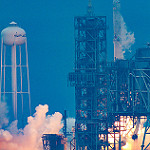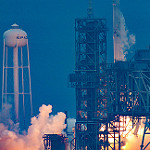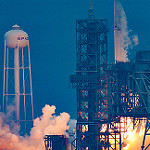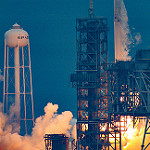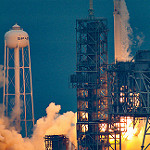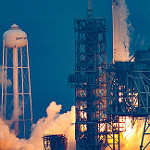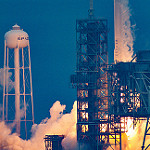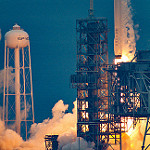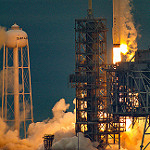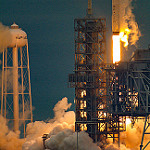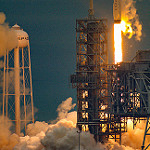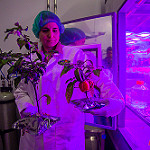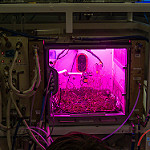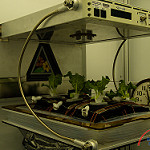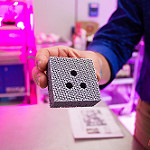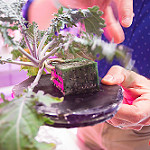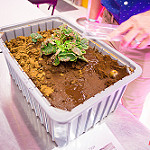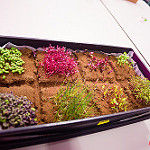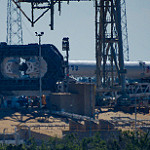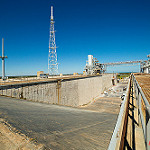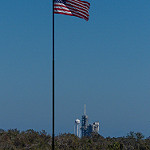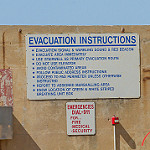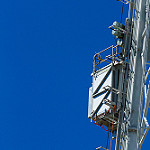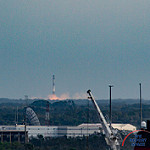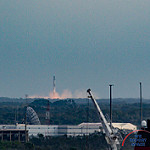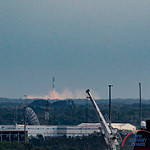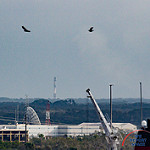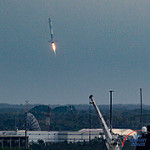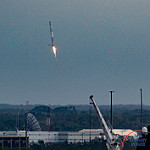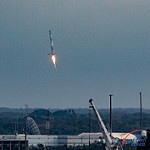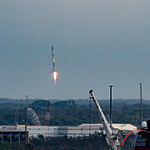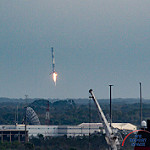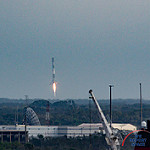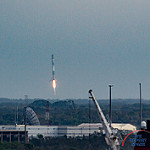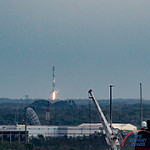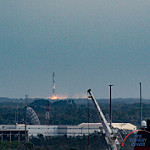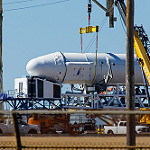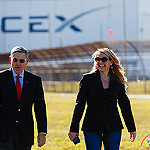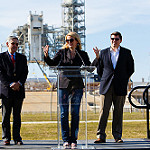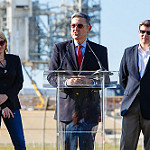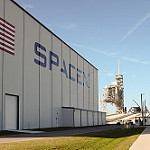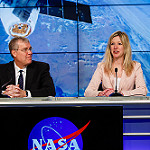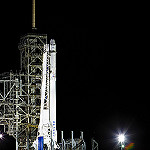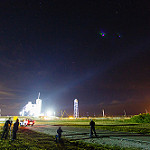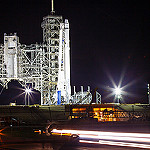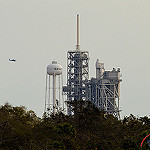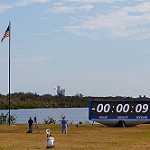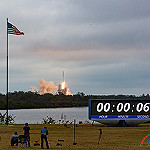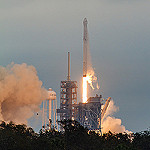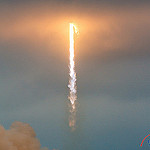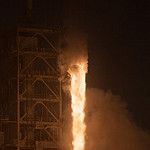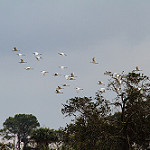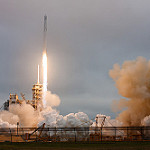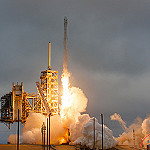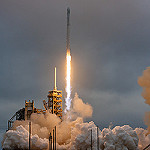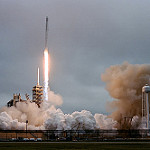SpaceX CRS-10 puts Launch Complex 39A Back to Work
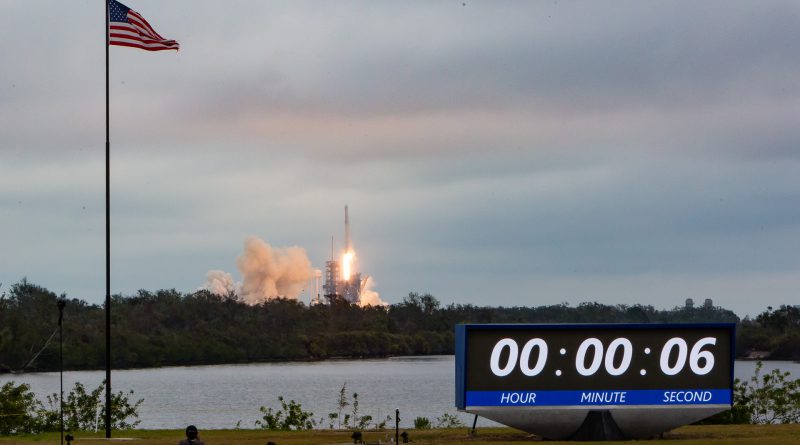
KENNEDY SPACE CENTER – The launch of SpaceX CRS-10 from Kennedy Space Center on Sunday, February 19, 2017 has put NASA's historic Launch Complex 39A back on the map.
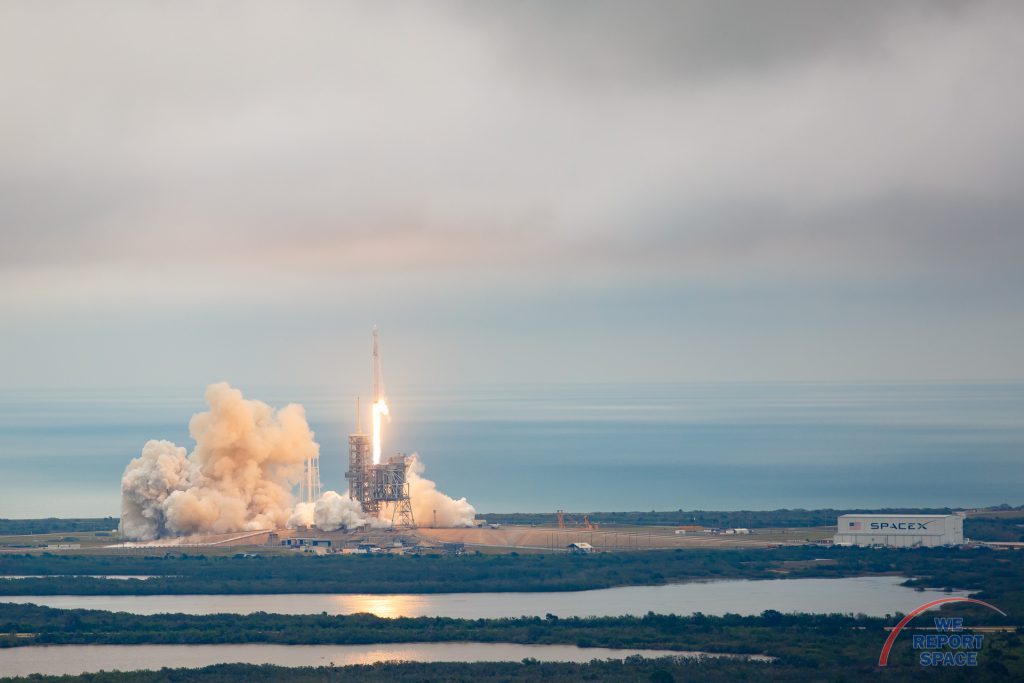
NASA's Historic Launchpad
SpaceX's CRS-10 launch from LC-39A is the inaugural mission under the NASA/SpaceX 20-year lease agreement for the operation of that launchpad, a key component of KSC's commitment to transitioning to a multi-user spaceport. LC-39A had previously been the home of the Space Shuttle, and before that, the Saturn V rocket which propelled astronauts to the moon.
An abundance of caution led to SpaceX's CEO Elon Musk to personally call for the launch attempt on Saturday, February 18 to be aborted. While Musk later reported that all statuses were 'go' for launch, a piston responsible for steering the upper stage of the rocket was exhibiting odd behavior, and ultimately led the team to decide to abort the mission. The 24-hour scrub allowed SpaceX the opportunity to run a fault tree analysis and ensure there was not a more critical root cause for the issue.
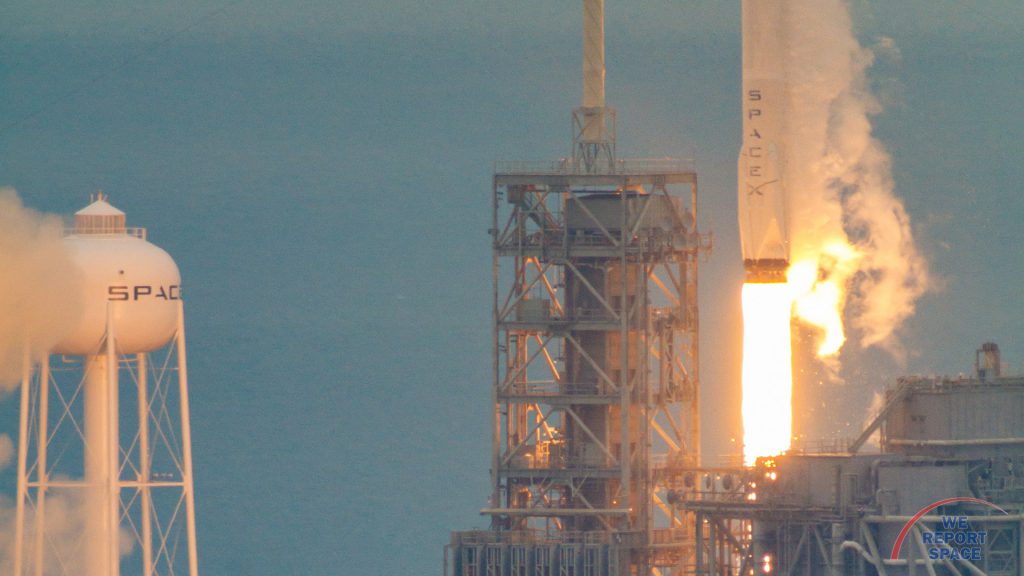
Atop the Falcon 9 rocket sits the Dragon spacecraft. Loaded with 5,000 pounds of consumables, supplies and science experiments, the Dragon will be making its first visit to the International Space Station (ISS) in 2017. CRS-10 is the tenth of 20 planned missions SpaceX is carrying out under NASA's Commercial Resupply services contract, which is projected to extend through 2024.
Liftoff of Falcon 9 and Dragon
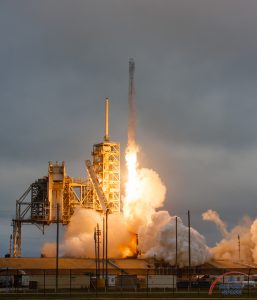
A little more than an hour prior to launch, the 45th Weather Squadron gave their final weather briefing, indicating that while they expected the weather to be within parameters at T-0, there was a standing violation for cumulous clouds. An hour before scheduled liftoff, Kennedy Space Center was doused with 15 minutes of torrential rain. At T-20 minutes to launch, with the rain having moved out of the launch zone, the weather squadron gave SpaceX a "go" for launch.
Liftoff happened on time at 9:38:59am, with the rocket disappearing into the cloud cover just 12 seconds after liftoff, leaving only a powerful roar blanketing the LC-39 press site.
With today's successful launch, the Dragon spacecraft is expected to arrive at and be captured by the ISS on Tuesday, February 21, where the astronauts will begin to unload the capsule, and begin to conduct experiments with the 35 science investigation payloads being ferried to the station.
The Road to Re-use
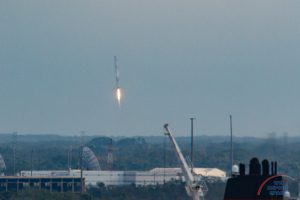
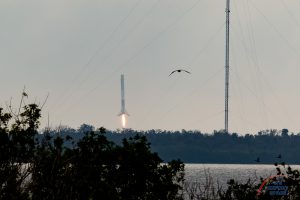
The CRS-10 launch also marks another step on the path to reusable space vehicles. The previous tenant of LC-39A, NASA's Space Shuttle Orbiter, was designed for reusability, and allowed for each orbiter to be refurbished and re-flown instead of discarded after mission completion. SpaceX has continued the trend of reuse, bringing the first stage of the Falcon 9 rocket back to Cape Canaveral Air Force Station under its own power, landing it eight minutes after liftoff. SpaceX plans to launch the first mission with a re-used, or "flight proven" rocket core in March 2017 during a commercial launch for SES Satellites.
For the third time since December 2015, the Falcon 9's triple sonic boom reverberated across the Space Coast as the rocket landed safely at Landing Zone 1.
Photos
Falcon 9 / SpaceX CRS-10 (Bill & Mary Ellen Jelen)

Stunning, full color photo book covering every east coast launch spanning 2014-2015, including the first-ever powered landing of a SpaceX Falcon 9 rocket.
More Info